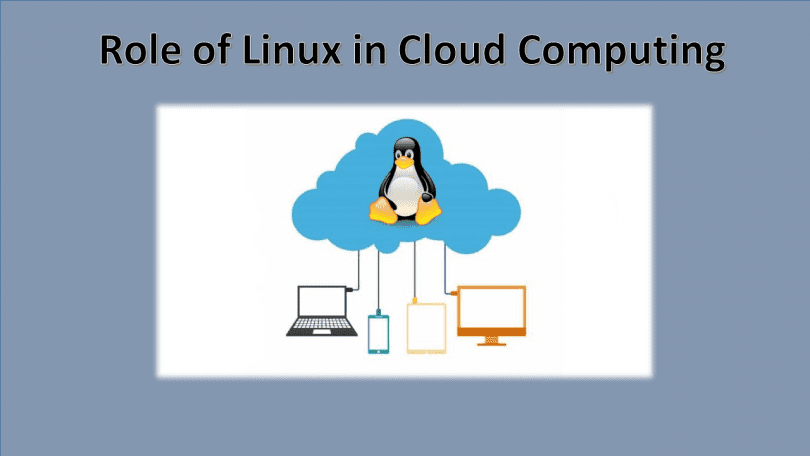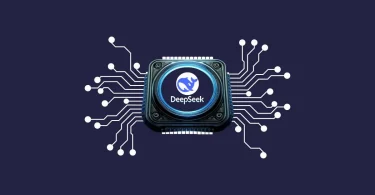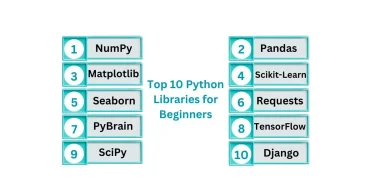Overview
Linux could be a natural technology for facultative cloud computing because: it’s standard, power economical, reliable, open source, scales to support important workloads and is ubiquitous. These advantages are a result of its development method as contributors are from all walks of digital life and are adapting its capability to serve their needs. operative system} serves everything from single-machine operating systems to sturdy multi-national networks. Linux is stable and may be designed for everyone, with a modular capability that enables developers to implement the foremost efficient combination of technology.
Security of Linux
Linux is additionally security efficient that is a key attribute because it addresses associate degree knowledge issues organization might have of being within the public cloud. Being open supply allows the community to contribute security mending at pace and on demand. Having a stable platform with reliable patching, delivered in a very extremely ascendible setting is a bonus for enterprises. Of these strengths as an OS means that it’s a good influence in the market. All the main public cloud suppliers Amazon internet Services (AWS) to Microsoft Azure and Google Cloud Platform (GCP) use totally different versions of Linux. we tend to partner all of those hyper scale cloud providers and work with shoppers to optimize the configuration they have to support their business these days and for the future.
Our understanding of UNIX’s superior technology and its utility in these hyper scale cloud primarily based settings, means that we will assist you deliver price economical solutions for technology and resourcing. we’ve got first-hand expertise of employing a Linux OS in a very public cloud based environment and of serving to set an organization style thriving solutions that take into thought scalability, ability and security.
Linux is ideal for running extremely available, reliable, and significant workloads in an exceedingly cloud computing setting and supports a spread of use cases, target systems, and devices.
UNIX system provides:
- ASCII text file innovation
- Consistency across infrastructure
- instrumentality movableness
- large quantifiability
- Continuous security
choosing the proper Linux Distro
choosing the right Linux distribution may be a robust job for a federation as totally different Linux distributions provide different benefits with the ready-to-wear offering. Some have a lower subscription and current operational prices on-the-other-hand others will integrate higher together with your existing infrastructure, yet as third-party hardware, software, and tools. However, there are several common edges of being in {a very} UNIX {operating system} primarily based system, that embody the following:
Consistent operating model
regardless of what version or distribution of Linux you use, whether or not you’re on a very powerful laptop or a small embedded device, the overall operation of Linux is that the same no matter wherever you go. What this implies is that, with some exceptions, the program line is nearly the same, method management is almost the same, basic network management is almost the same, and computer programs may be simply ported between distributions. The results of this consistent operative model may be a time-saving and versatile gift.
Quantifiability
UNIX system is extremely (able to be created larger or smaller) and might run on everything from wristwatches to supercomputers, to round the world distributed teams of computers. Of course, the good thing about this (the ability to be made bigger or smaller) isn’t only for the devices, however additionally its basic ability to try and do things like command-line tools, setup, automation, and code-compatibility and everything involving Linux and open-source-based systems is climbable and made for enterprise usage.
ASCII text file and community optimized
With open-source, freely out there nature, you would possibly be troubled regarding future enhancements, bug fixes, and support. Fortunately, you’ll place those worries aside. If you check up on the UNIX system kernel alone, with its twenty two million lines of code, you’ll notice a robust community developing it behind the scenes.




Leave a Comment